2006 Florida
This was our second "catch-up" trips after our 2004 cross-country trip (the first being the trip to New England in 2005). We would "catch up" the southeastern corner of the U.S. on this trip.
(Click on each image to see the high-resolution version)
We flew to Miami, but our first and brief stop was in Fort Lauderdale.
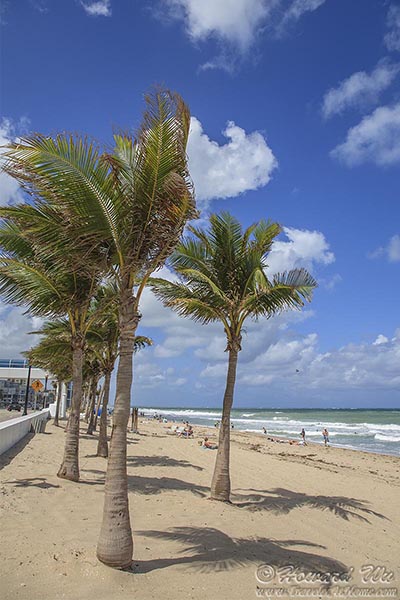
Fort Lauderdale
We headed to the Florida Keys the next day. At one of our first stops, at the Wild Bird Sanctuary in Tavernier (a bird rehabilitation center), we saw an interesting bird -- this was a "Great White Heron", really just a color morph of the Great Blue Heron, but very majestic and even ghostly.
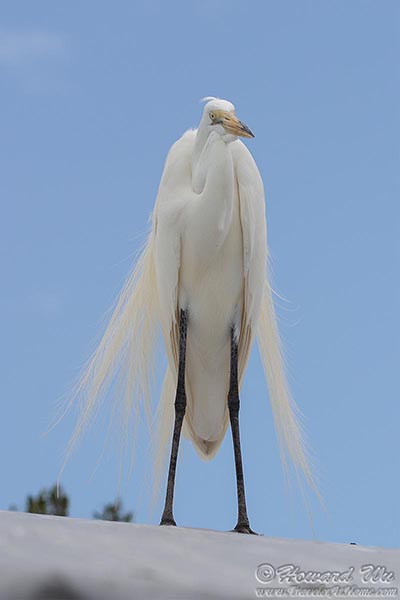
Great White Heron
The following was the Long Key Bridge with the abandoned Long Key Viaduct on the right.
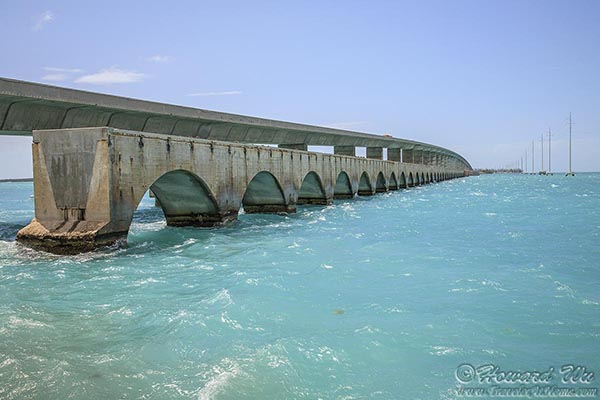
Long Key Bridge
We made a relatively long stop at Bahia Honda Key, in my opinion one of the most scenic places in the Florida Keys. Eleven years later we took the same drive to Key West and we made a point of stopping here again.
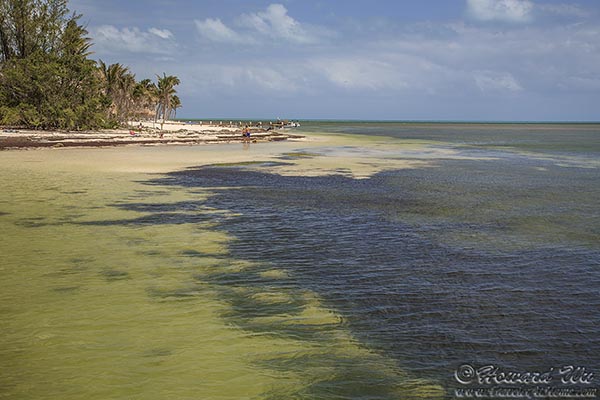
Bahia Honda Key
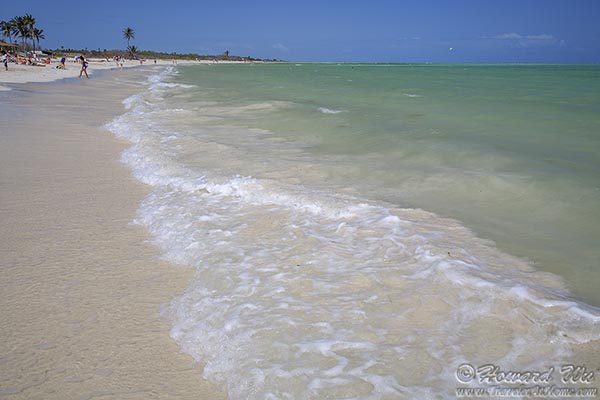
Bahia Honda Key
We would reach Key West that afternoon, with enough time to catch the sunset.
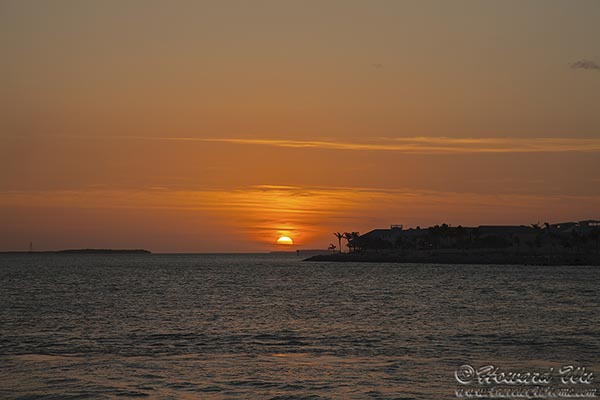
Sunset in Key West
But our most memorable experience on this trip was undoubtedly a day trip to Dry Tortugas on the Yankee Freedom. After a quick but rough ride, we reached this small and remote national park, some 70 miles offshore from Key West.
The center of this national park is Fort Jefferson on Garden Key. Fort Jefferson, according to the NPS website, is "the largest all-masonry fort in the United States", and "was built between 1846 and 1875 to protect the nation's gateway to the Gulf of Mexico". Never used for its purposes, and most ridiculously, on a small island surrounded in all sides by the sea, a moat was built to "protect" it, it is a testament to the wastefulness of the government.
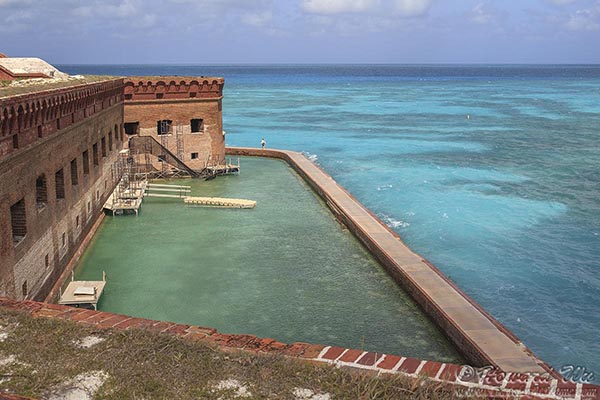
Dry Tortugas
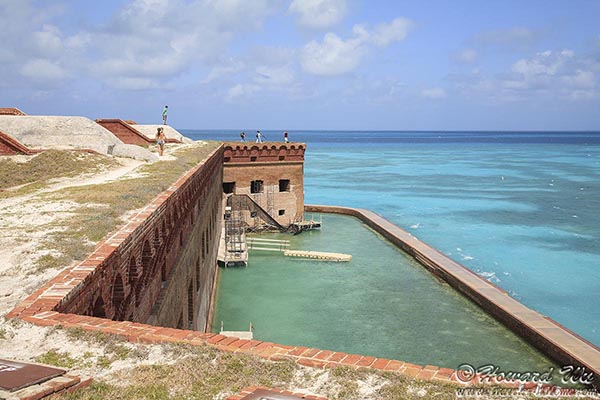
Dry Tortugas
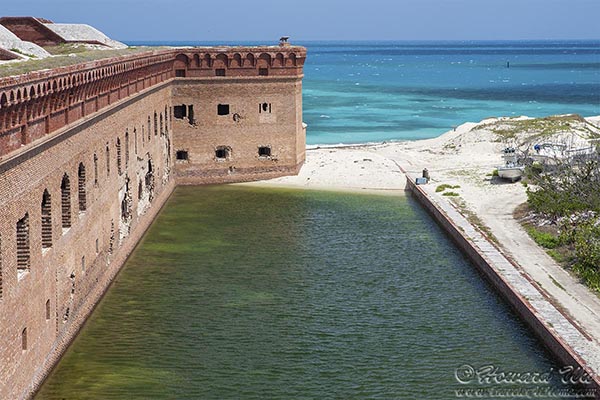
Dry Tortugas
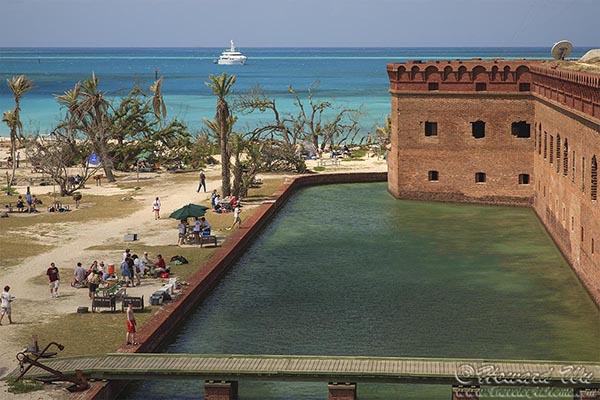
Dry Tortugas
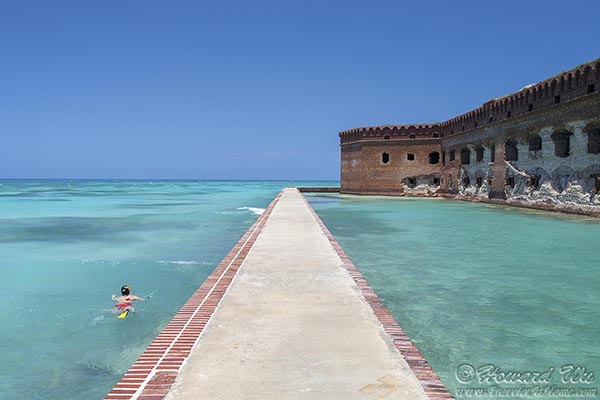
Dry Tortugas
For practical purposes, Fort Jefferson is Garden Key, as the small island barely contained the fort itself.
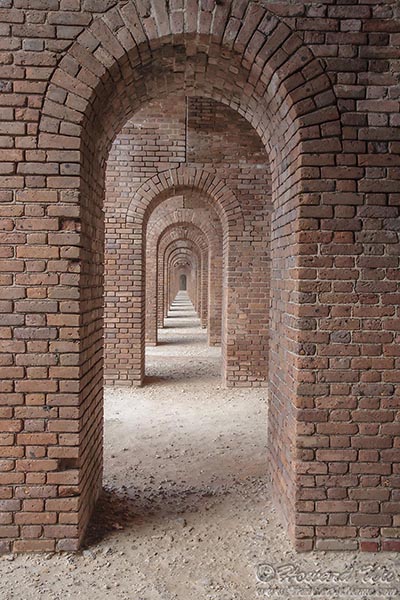
Fort Jefferson
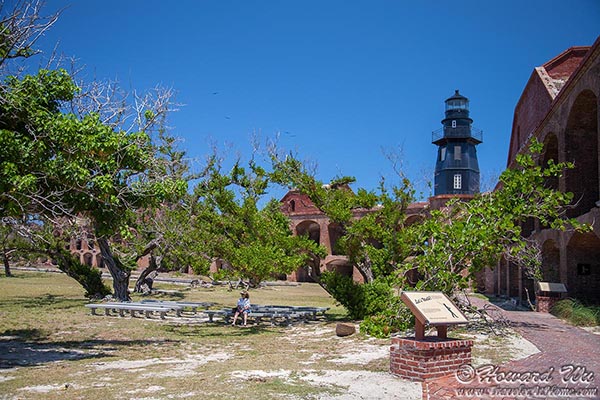
Fort Jefferson
The grounds inside and around the fort are popular resting grounds for migrating birds. At that time, I wasn't much into bird photography, but I did see a couple of Ruddy Turnstones foraging there.
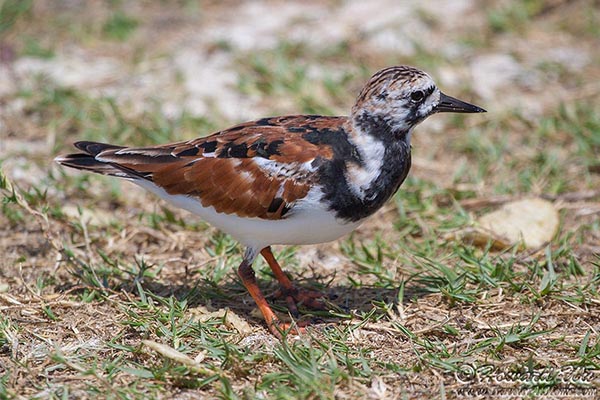
Ruddy Turnstone
Across the water, Bush Key was off limit to visitors at this season, as it was the nesting site of Sooty Terns and Brown Noddies.
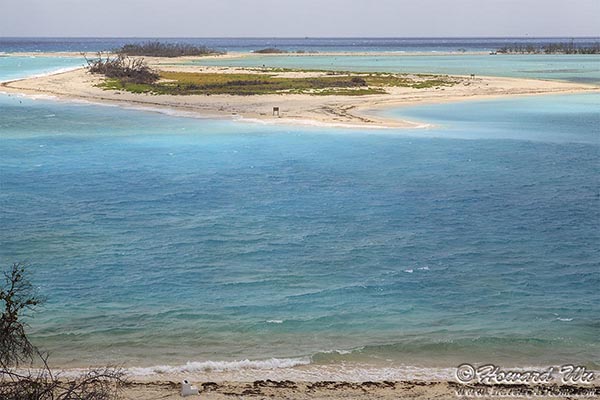
Bush Key
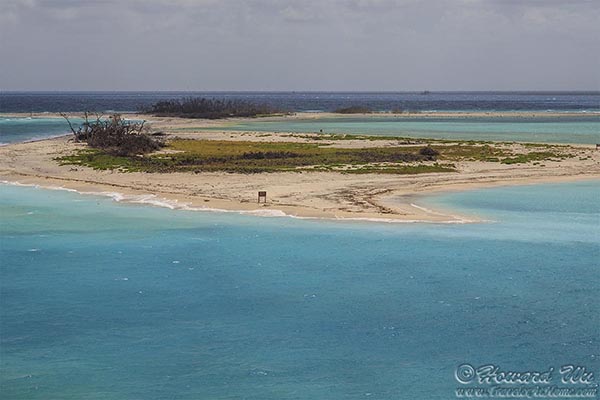
Bush Key
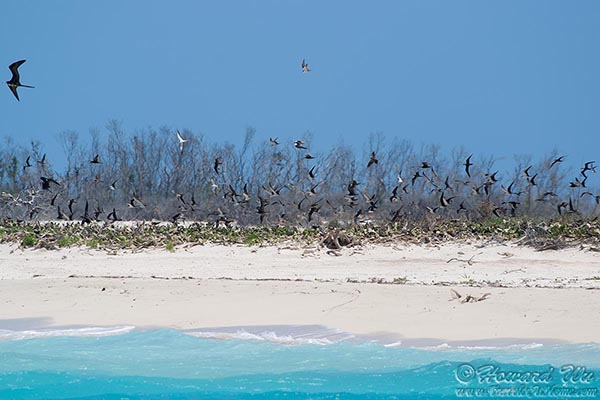
Bush Key
The Sooty Terns and Brown Noddies were too far to photograph, but there were some Magnificent Frigatebirds gliding over Garden Key.
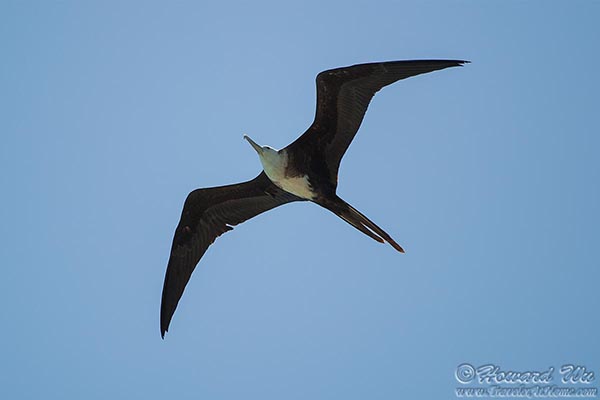
Magnificent Frigatebird
We spent most of the day in Dry Tortugas. After coming back to Key West, we stopped by the symbolic buoy known as the "Southernmost Point of the Continental United States", a claim with dubious authenticity (because Key West is an island and is not really part of "Continental United States").
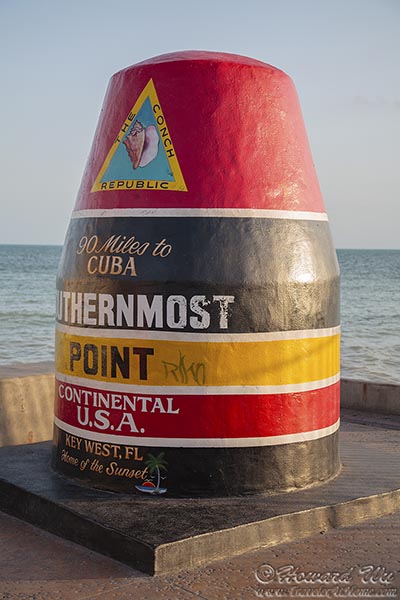
Southernmost Point
The next day we wandered around Key West and climbed the Key West Lighthouse.
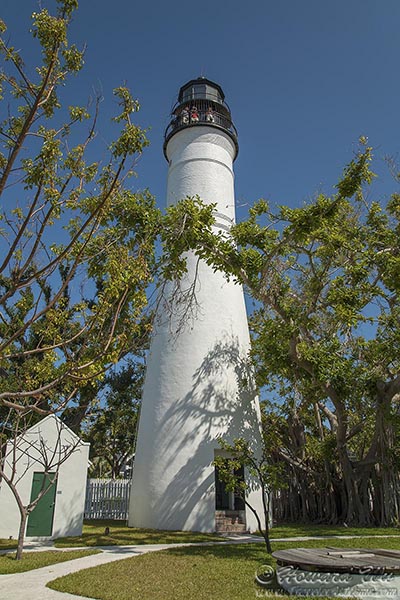
Key West Lighthouse
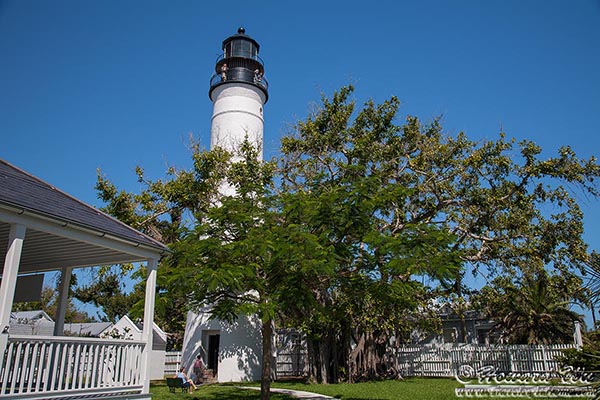
Key West Lighthouse
The top of the lighthouse offers a commanding view of Key West and the surrounding sea.
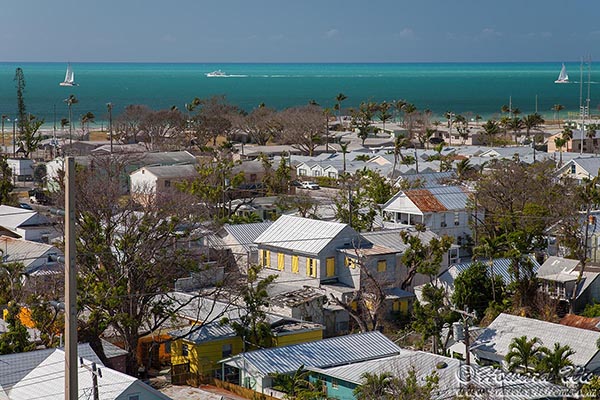
Key West
This is one of the sculptures at the Key West Historic Memorial Sculpture Garden.
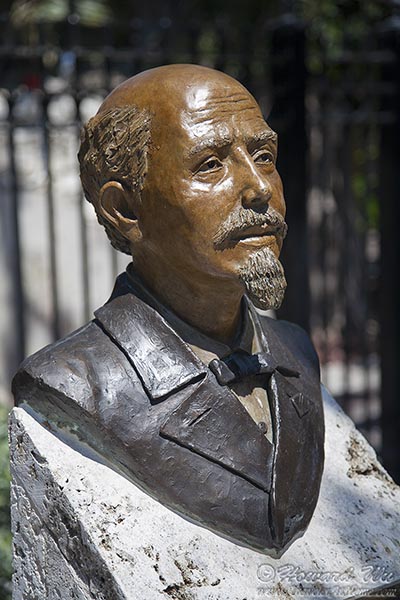
Sculpture
Then we would head back to the mainland. We stopped by one of the piers along the way.
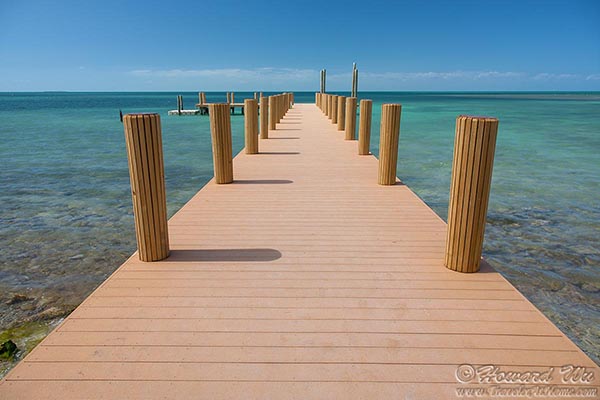
Pier
Our most interesting stop on this return drive was at the National Key Deer Refuge on Big Pine Key. This diminutive subspecies of the common White-tailed Deer is indigenous to the Florida Keys, it is said that newborn Key Deer fawn's footprints are no larger than postage stamps. We were lucky to see a small group of them, some even approached very close to our car, giving me excellent photo opportunities.
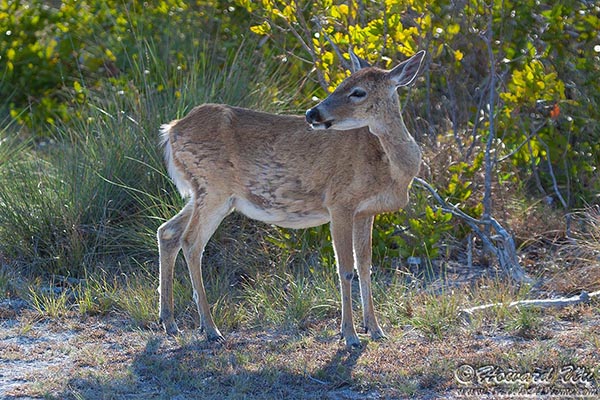
Key Deer
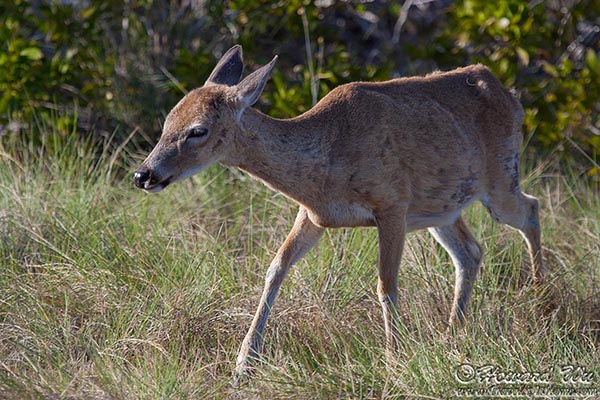
Key Deer
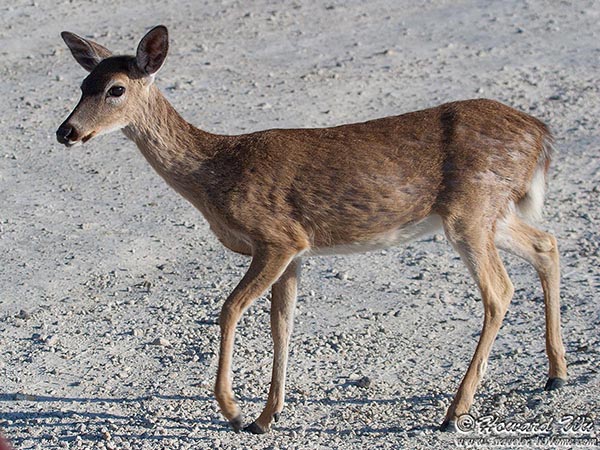
Key Deer
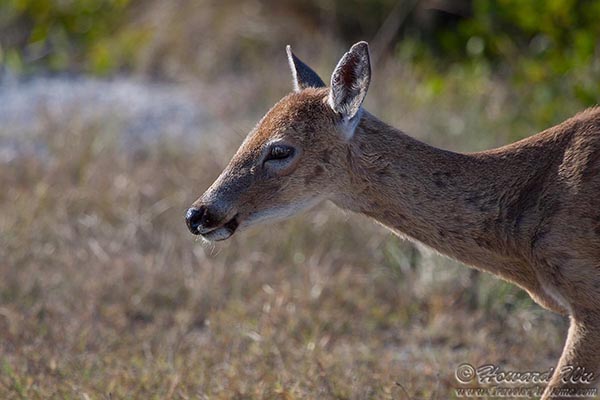
Key Deer
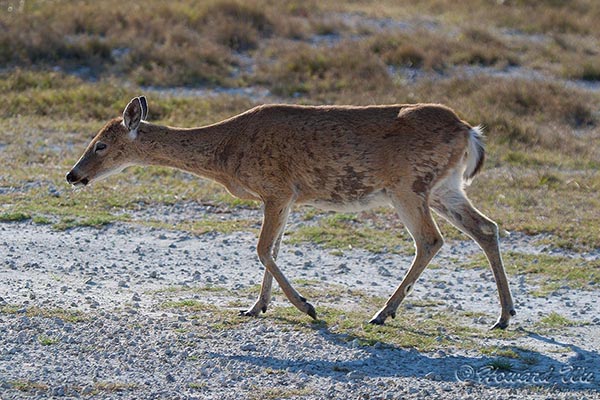
Key Deer
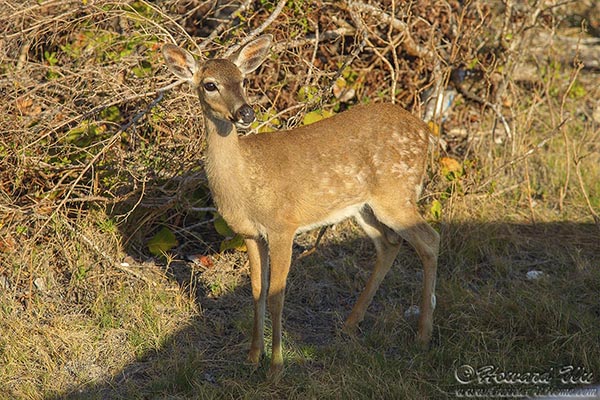
Key Deer
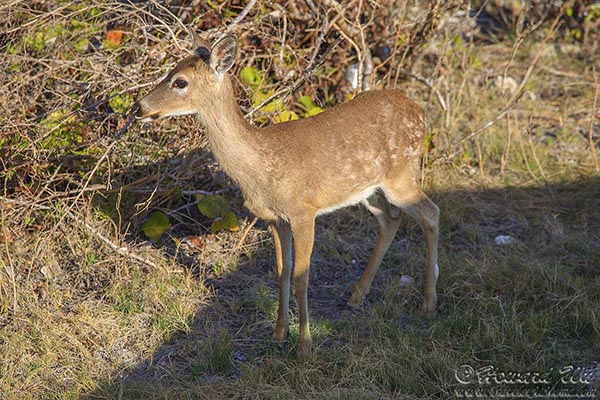
Key Deer
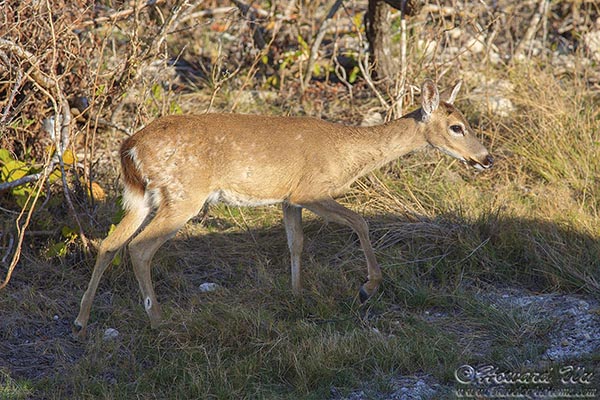
Key Deer
We also made a stop at Blue Hole nearby. There was a resident 12-foot alligator there. There were also Black-crowned Night Herons and the exotic Green Iguana foraging around this one-and-only fresh water lake in the Florida Keys.
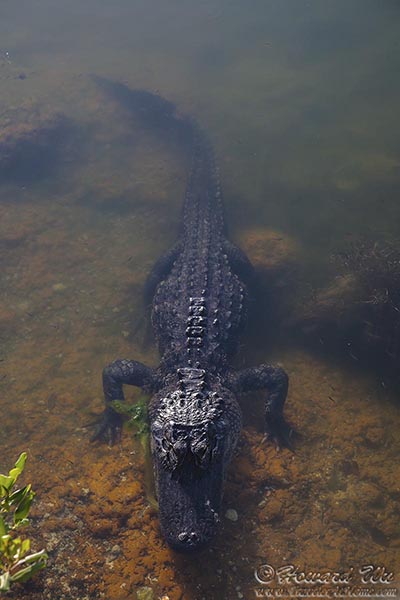
Alligator
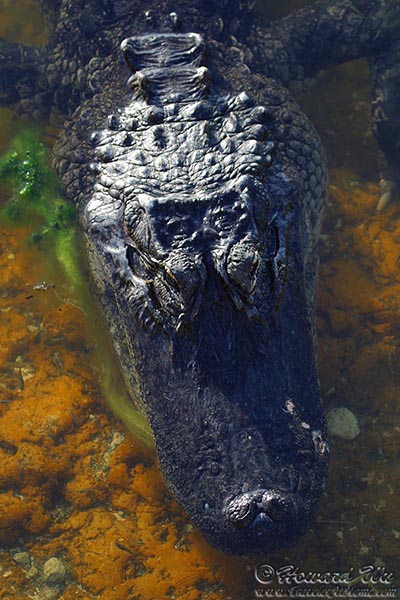
Alligator
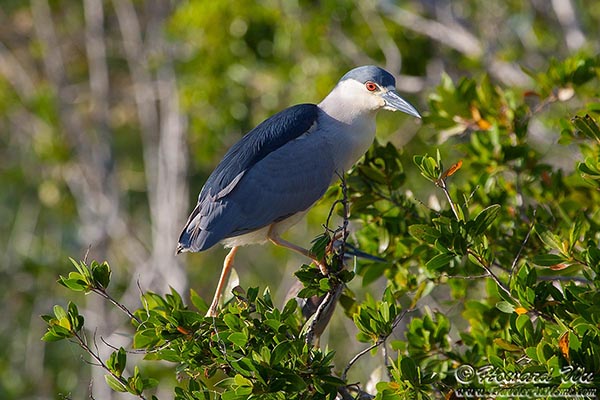
Black-crowned Night Heron"
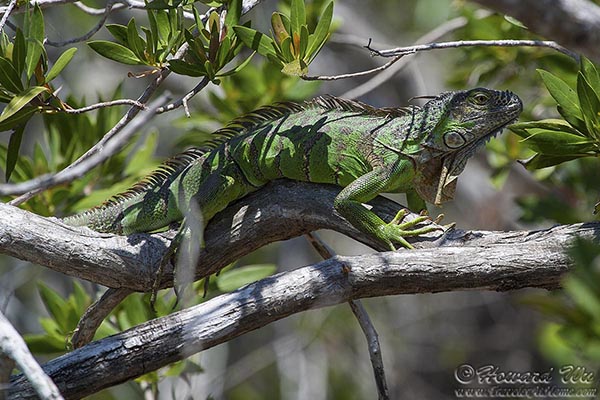
Green Iguana
The next couple of days we spent our time at the two national parks in Miami-Dade County. First, Biscayne Bay. Much of this national park (95%) is water, the following pictures was taken on the shore. We took a glass-bottom boat tour to view the aquatic habitat and wildlife (no pictures shown).
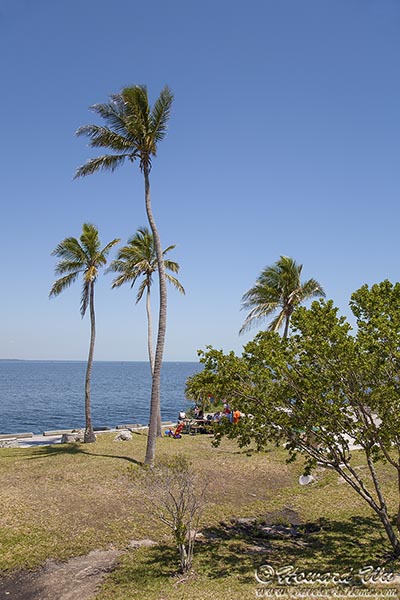
Biscayne Bay
Then on to the Everglades! Here we had the best wildlife viewing.
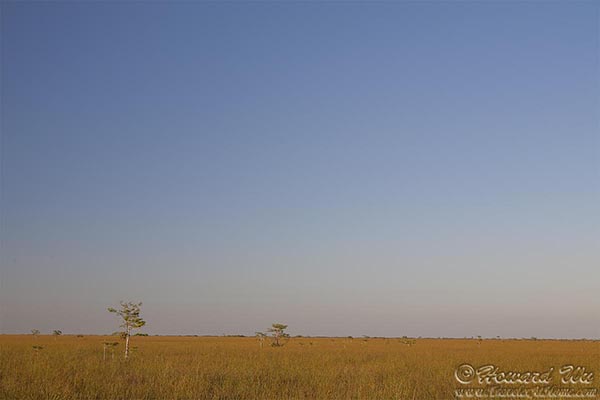
Everglades
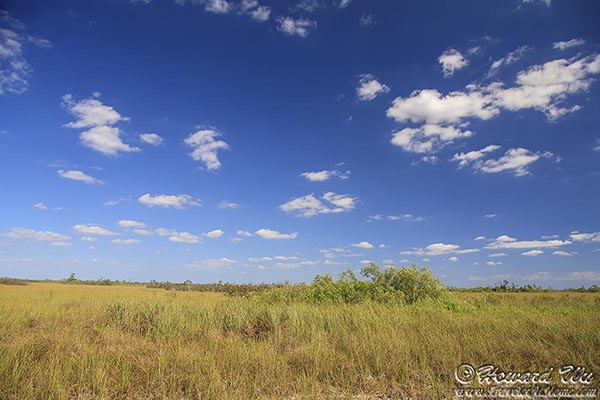
Everglades
The best place to view wildlife in the park was undoubtedly Anhinga Trail, where the namesake bird and other water birds were nesting, there were many adult birds as well as chicks. Since then we went to Florida several more times, and Anhinga Trail was always a place we stopped by.
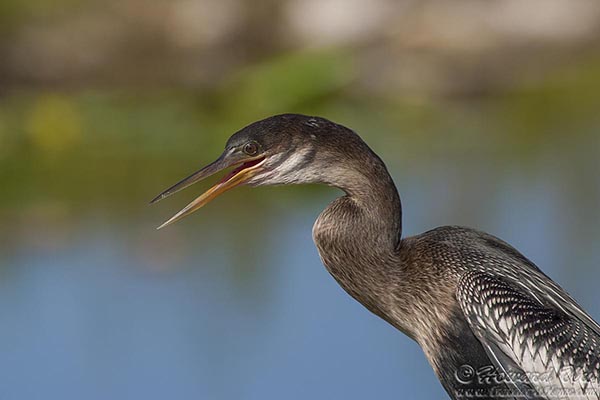
Anhinga
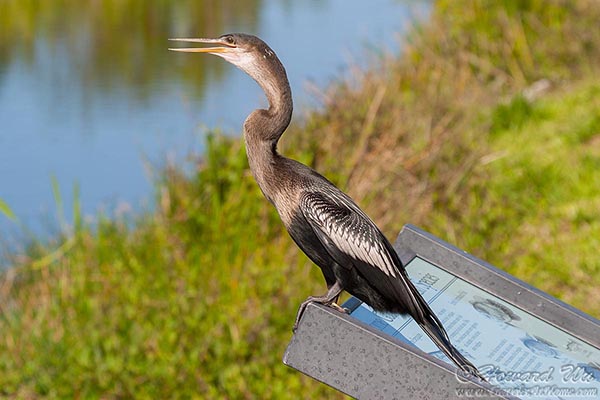
Anhinga
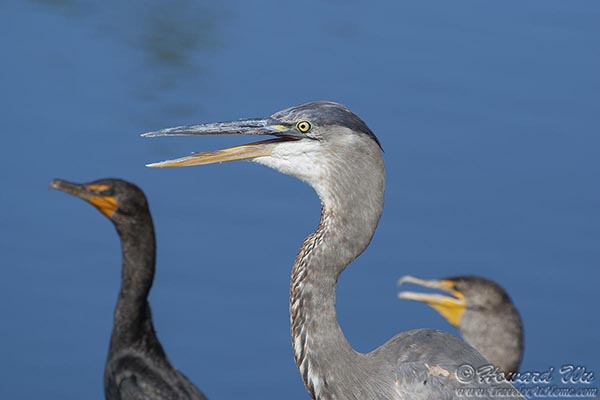
Great Blue Heron
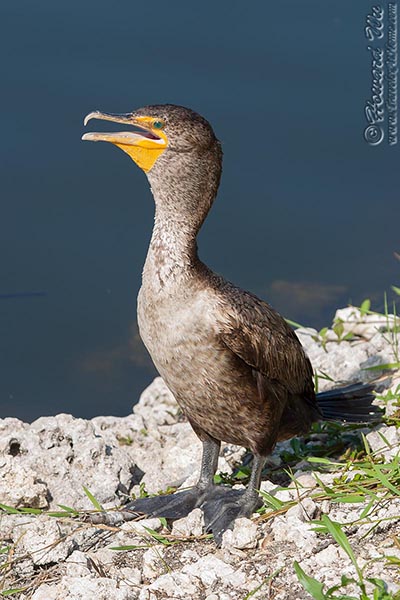
Double-crested Cormorant
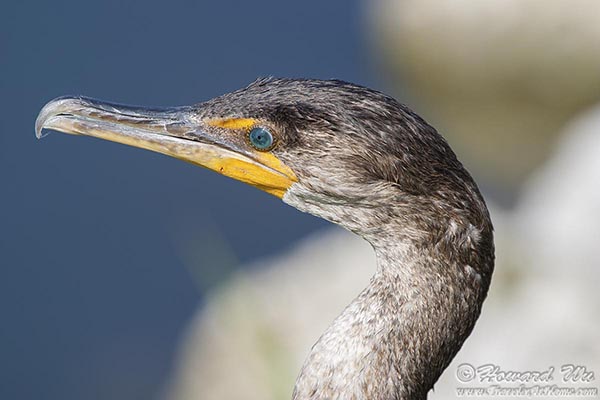
Double-crested Cormorant
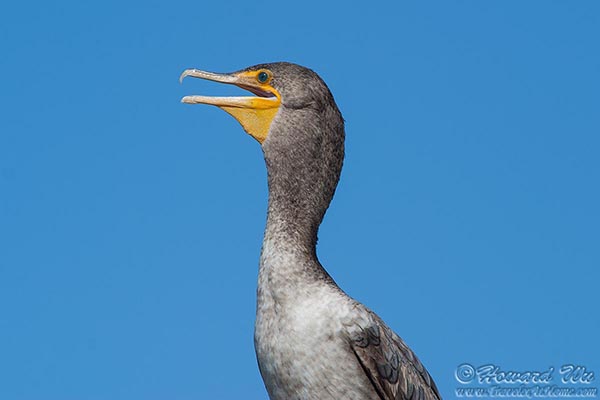
Double-crested Cormorant
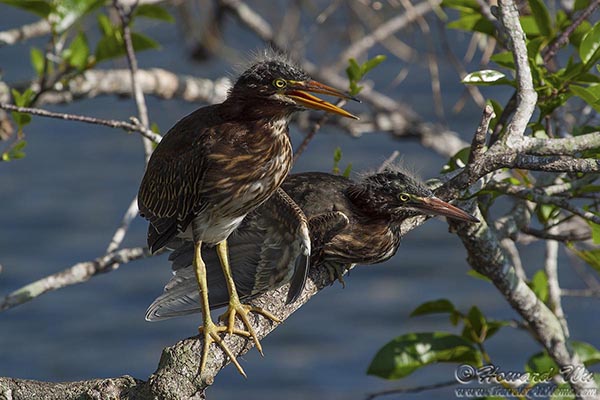
Green Heron chicks
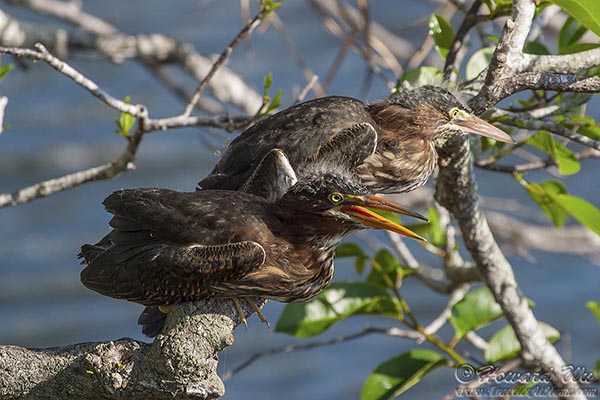
Green Heron chicks
Of course, there were Alligators there too.
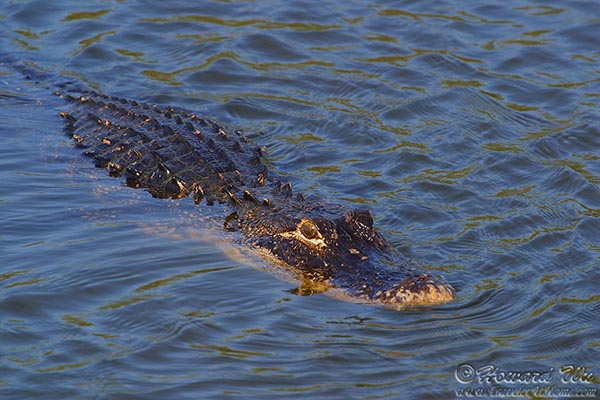
Alligator
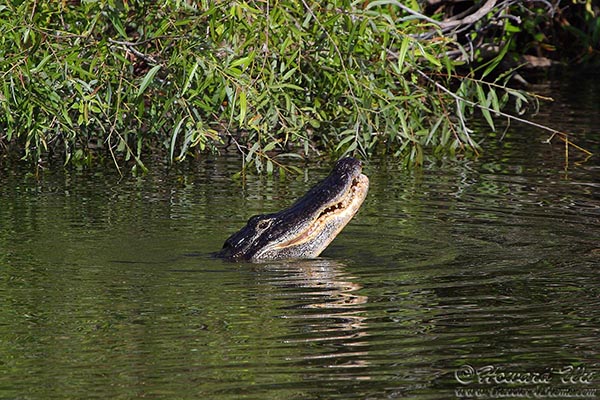
Alligator
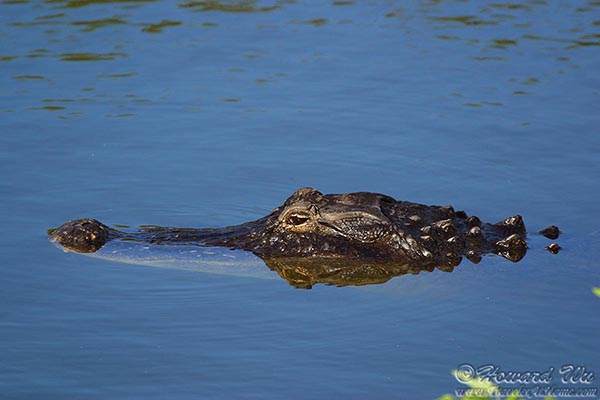
Alligator
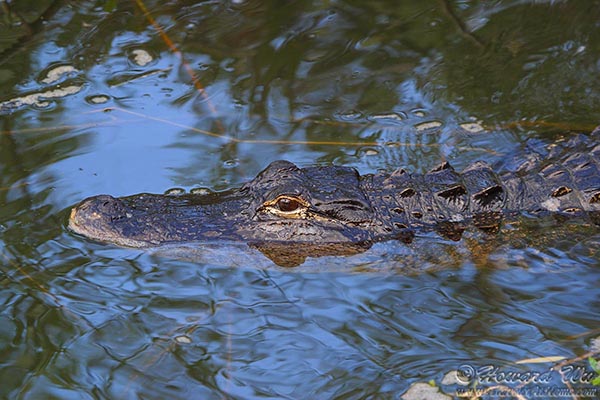
Alligator
But the most stunning wildlife was an Osprey perched on a tree by the trail.
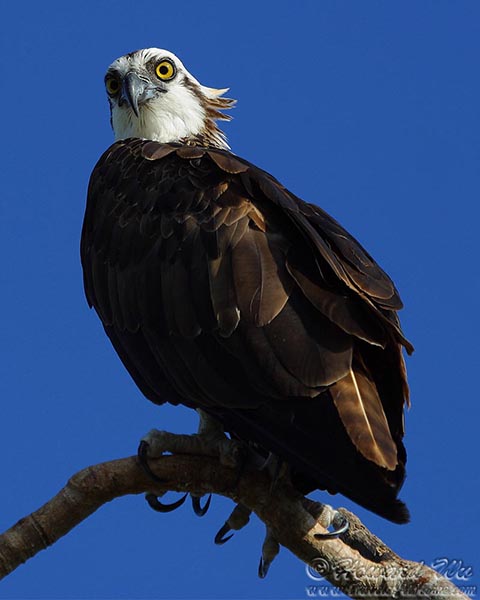
Osprey
On another day we stopped at the Shark Valley section of Everglades National Park. An elevated viewing platform gives a panoramic view of the 'glades.
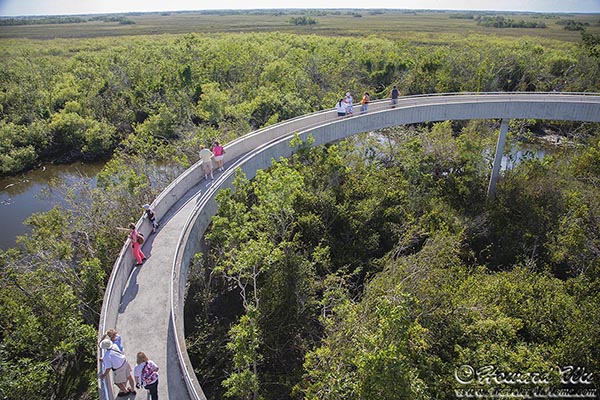
Shark Valley
Some Great Blue Herons were nesting near the visitor center.
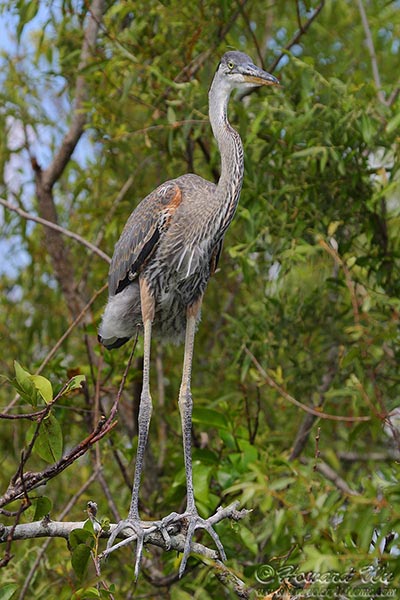
Great Blue Heron
We eventually reached Flamingo on the Gulf of Mexico side. We took a dolphin watching boat tour. We did see some dolphins feeding in the bay, but they proved to be hard to photograph.
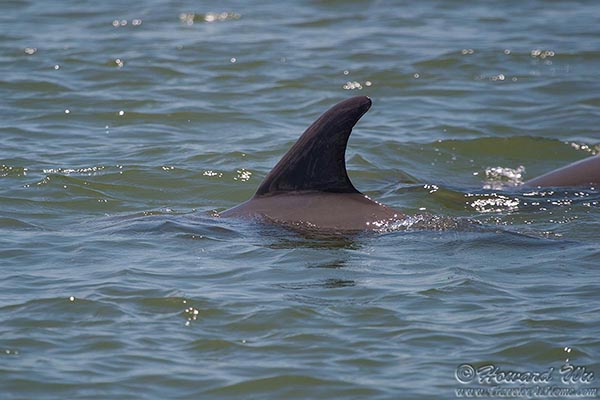
Dolphin
Ospreys were nesting near shore.
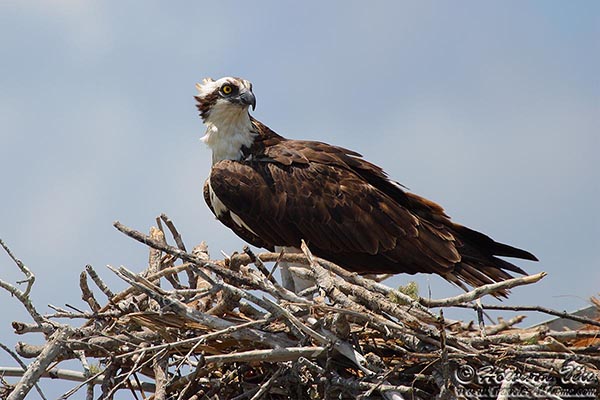
Osprey
Next day -- our last day in the 'Glades, we stopped by Paurotis Pond where the endangered Wood Storks were nesting (update: as of 2019, its endangered status has been removed). We saw many of these strange-looking birds nesting and flying to and from the nests (to gather nesting material or food).
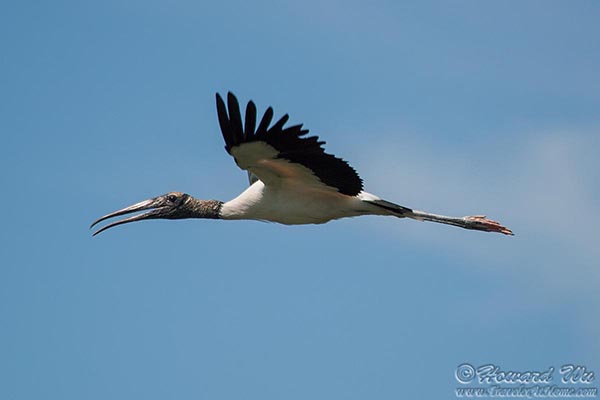
Wood Stork
I saw a large alligator near the shore of the pond and started taking pictures. It rather took an interest in me, I think, and wisely I retreated.
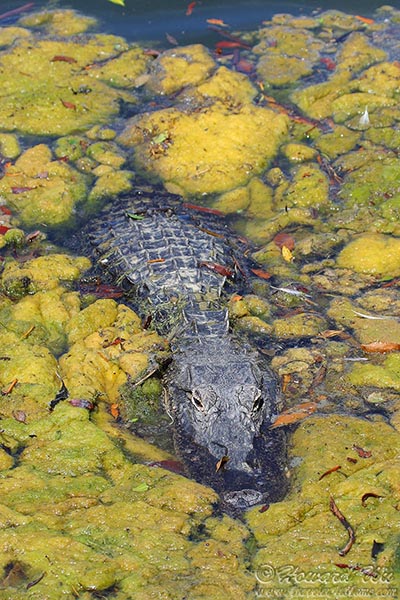
Alligator
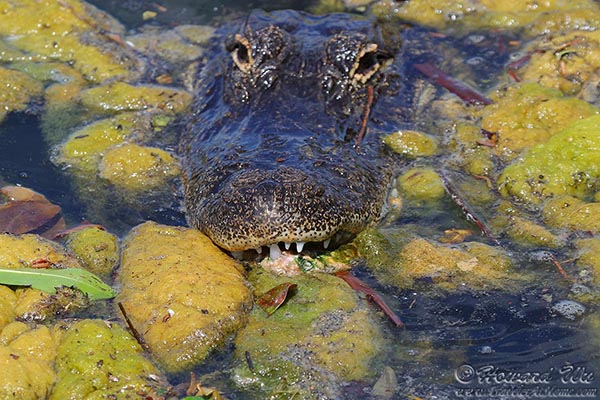
Alligator
We made another stop at Anhinga Trail. All the usual suspects were there, and a Roseate Spoonbill nicely posed for us, but this one was a juvenile and lacked the bright pink color of breeding adults. A Florida Banded Water Snake also made a cameo.
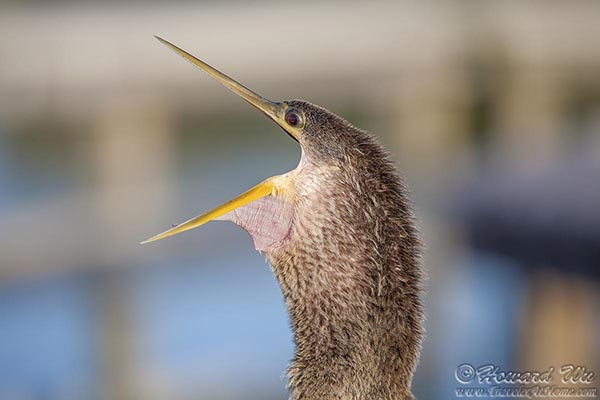
Anhinga (chick)
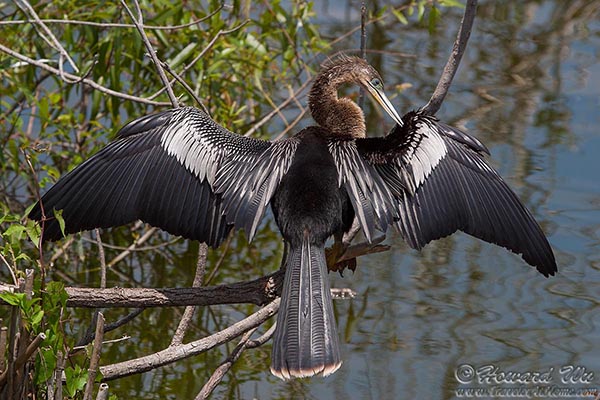
Anhinga
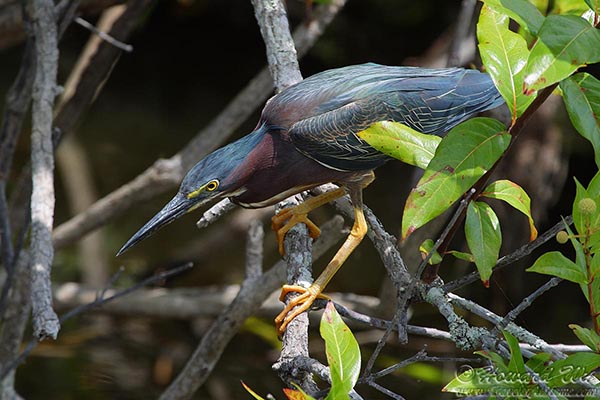
Green Heron
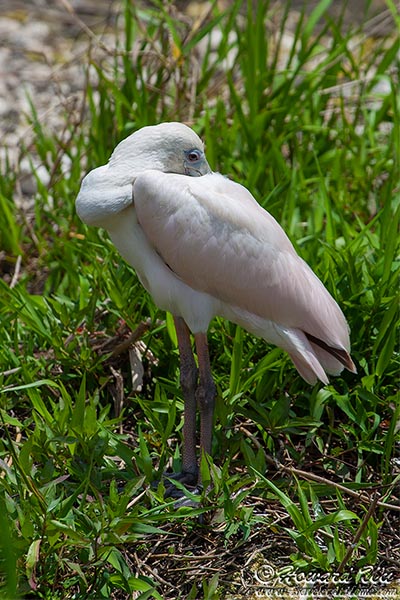
Roseate Spoonbill
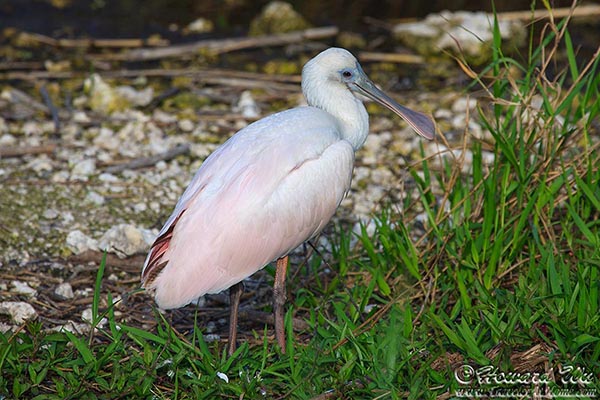
Roseate Spoonbill
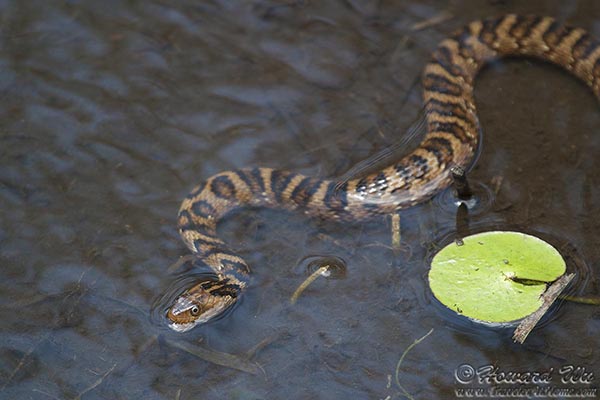
Florida Banded Water Snake
We spent the rest of our time in Miami and South Beach. One of the highlights was visiting the Villa Vizcaya, or Vizcaya Museum and Gardens, an estate built in the early 20th century.
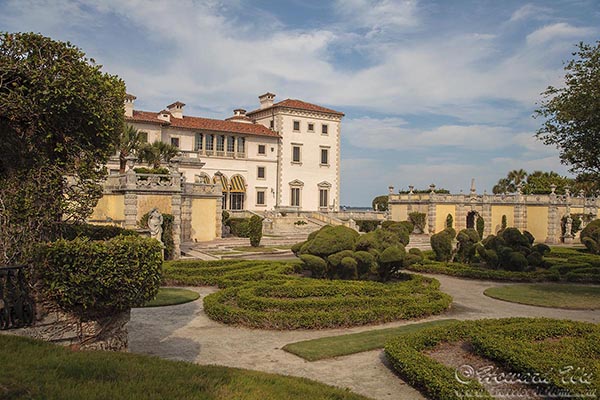
Villa Vizcaya
We wound up our trip with a stop at the trendy but artificial Miami Beach.
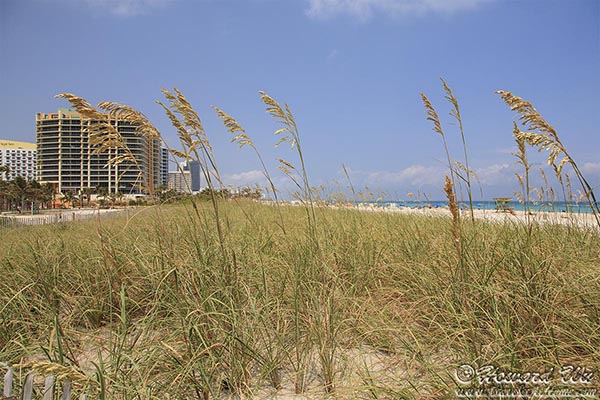
Miami Beach